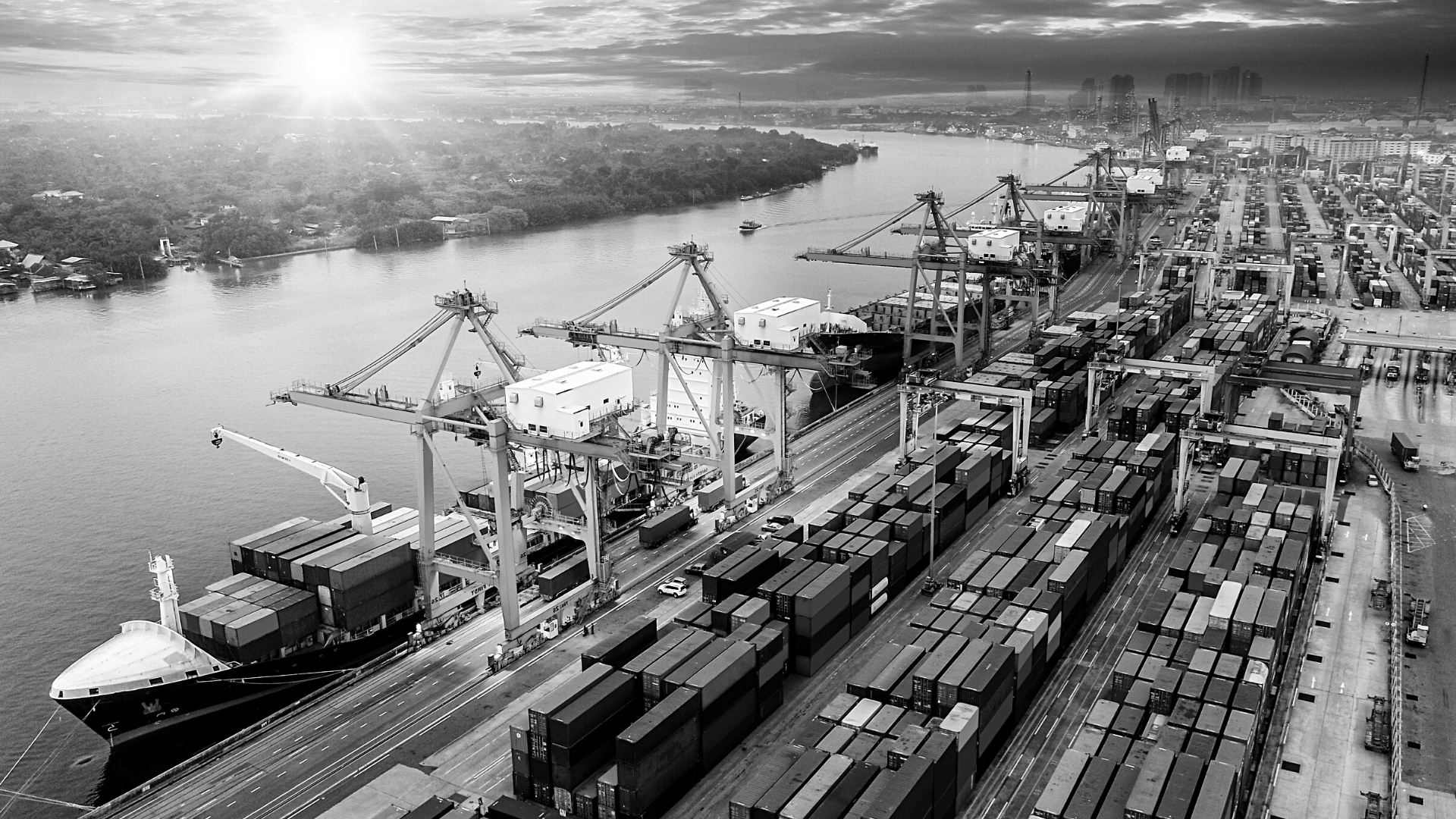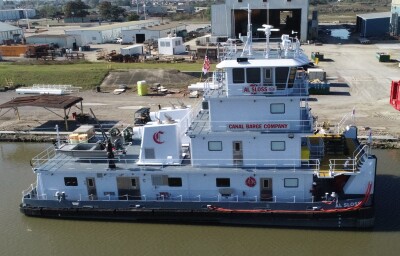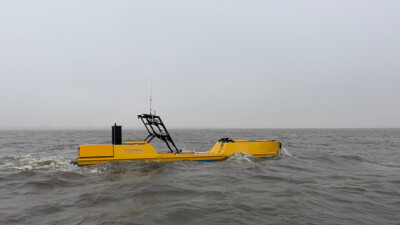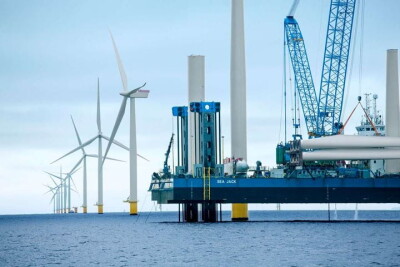We have a small number of cases interpreting the federal Fifth Circuit (TX, LA, MS) Court of Appeal’s enhancement of the test for seaman status as set out in Gilbert Sanchez v. Smart Fabricators of Texas, LLC, No. 19-20506, 5th Cir. 05/11/2021.
The law may be changing with regard to the chronically problematic “Uncertainty Zone” issue as to who is a seaman entitled to the seamen’s remedies under the Jones Act and General Maritime Law and who is a land based maritime employee covered by a workers’ compensation statute called the Longshore and Harbor Workers’ Compensation Act (LHWCA).
The distinction is very important to maritime employers who must insure their significant liability for the illness, injury, or death of employees.
Chandris, Inc. v. Latsis, 515 U.S. 347 (1995)
A seaman must contribute to the mission or function of a vessel and must have a substantial employment relationship to a vessel in terms of nature and duration (30% rule of thumb).
Problem
In Naquin v. Elevating Boats, L.L.C., 744 F.3d 927, 5th Cir. (2014) the Fifth Circuit affirmed a jury’s finding that a land side ship repair and maintenance worker injured while operating a shore side crane was a seaman. We had reached the point in the trend of expanding seaman status where we had “seamen” who worked on docked vessels, seldom even boarded the vessels, and virtually never sailed with the vessels.
Sanchez enhancement of the Chandris test
- Does the worker owe his allegiance to the vessel, rather than simply to a shoreside employer?
- Is the work sea-based or involve seagoing activity?
- (a) Is the worker’s assignment to a vessel limited to performance of a discrete task after which the worker’s connection to the vessel ends, or (b) Does the worker’s assignment include sailing with the vessel from port to port or location to location?
Jurisprudence since Sanchez
Jonathan R. Meaux v. Cooper Consolidated, LLC and Savard Marine Services, No. 19-10628, 06/25/2021, USDC EDLA
The employee worked assisting cargo handling on mid-river barges in the Mississippi River. Is he a seaman or a cargo handler covered by the LHWCA? The district court reviewed the Sanchez factors and in a “close case” decided that he is a seaman. The fact that he worked out over the water and not two steps from the dock like Sanchez made the difference. The case is on interlocutory appeal on this issue to the Fifth Circuit.
Jose I. Tapia Montero v. Han Van Nguyen, No. 1:21-cv-354-TFM-N, 02/23/2022, USDC DAL
Was this “welder’s helper” injured while working on a docked vessel a seaman? This Alabama Court (Eleventh Circuit) citing Sanchez as persuasive authority, found that the worker was performing discrete repair tasks and was not going to sail with the vessel, and denied seaman status.
Bommarito v. Belle Chasse Marine Transportation, et al, No.21-204, 03/17/2022, USDC EDLA
The employee was injured while assisting in the movement of gangway segments dockside and filed a seaman’s lawsuit. The court discussed the Sanchez factors, concluded that the work was land based and not sea based, and granted Summary Judgement to the employer on the issue of Jones Act seaman status.
Douglas Blanda v. Cooper/T. Smith Corporation, No. 20-cv-678-JWD-SDJ, 04/20/2022, USDC MDLA
Was a lineman injured while assisting in securing a vessel to a buoy in the Mississippi River a seaman? The court discussed the Sanchez factors in detail, finally concluding that the employee met the “substantial in nature” test as a seaman. The court did grant Summary Judgement to the employer on the issue of seaman status based on the worker’s failure to satisfy the “duration” test. The decision does illustrate that the Sanchez factors are firmly entrenched in the jurisprudence on the issue of seaman status.
This is a very small sample size, but perhaps it indicates that we will be seeing fewer successful seaman claims from land side ship repair workers.







